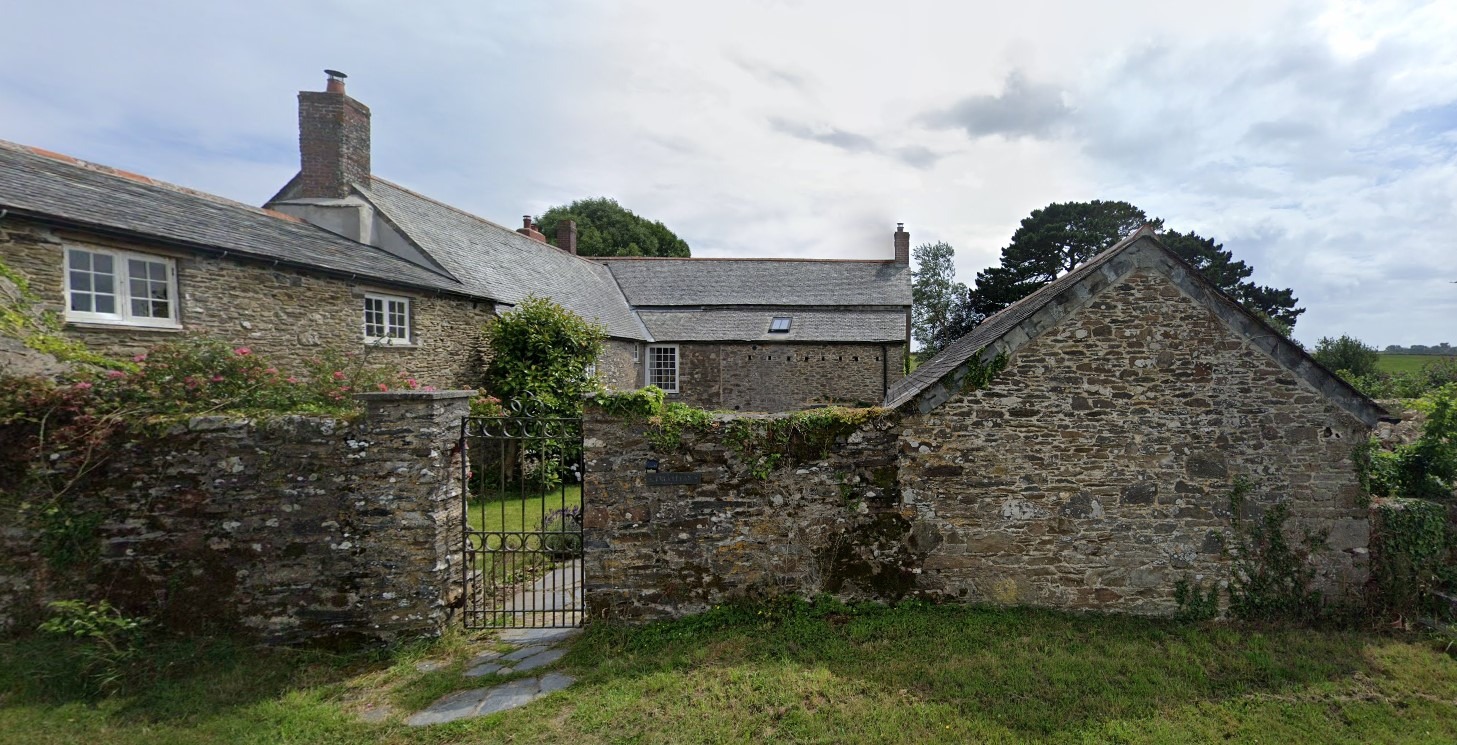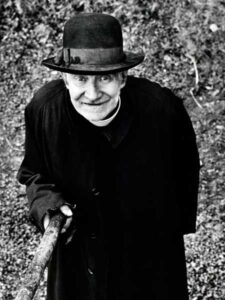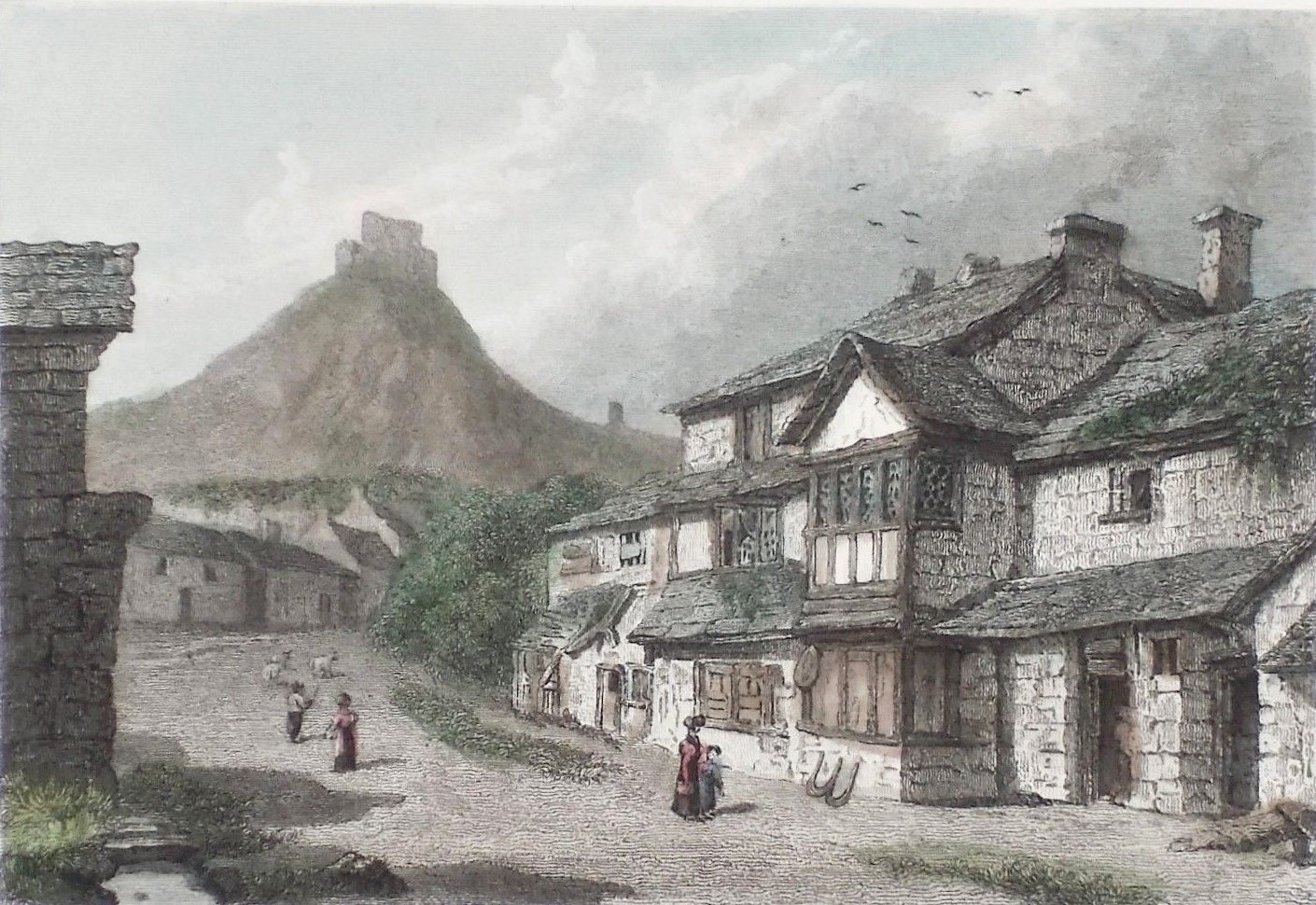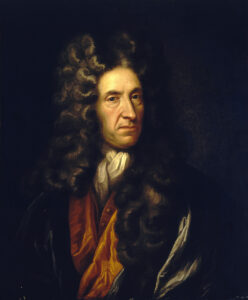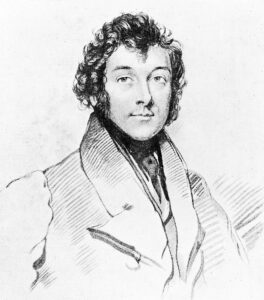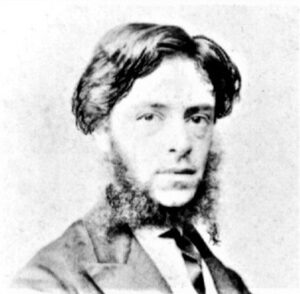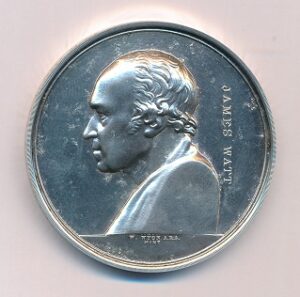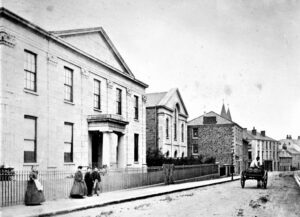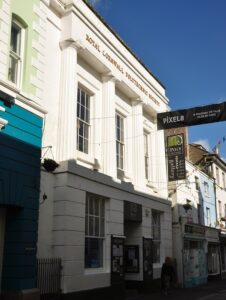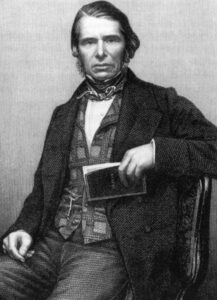Ertach Kernow - Looking back at sharing our Cornish heritage
Ertach Kernow. Sharing Cornish heritage in these newspapers firstly the Truro Voice and now five different editions including recently The Cornish Times and Cornish and Devon Post began on 1st July 2020. Five years seems to have passed so quickly, something to do whilst our Newquay Museum was closed during the pandemic I thought. When asked if I knew anyone who would write a history column for the then new Truro Voice I offered and suggested a wider Cornish heritage theme. There was no payment for the work I knew, but it was an opportunity to encourage readers to get involved, learn more about Cornwall’s history, culture and its environment. I hope what has become a voluntary job has had a measure of success.
Marking five years I thought to summarise the topics of two-hundred and sixty-two articles and look back on them. Perhaps today’s readers will check out the website and read some of these earlier articles, especially those not covered by later editions. Choosing a theme each week is challenging to ensure a variety of topics, cover different areas of Cornwall and also promote many of the fantastic organisations working hard to protect and preserve our Cornish heritage.
Warleggan once isolated and insular looked at the parish and its enigmatic rector the Reverend Frederick Densham. He was considered so interesting a film was made starring Edward Woodward.
Thank you for reading the online version of the Ertach Kernow weekly articles. These take some 12 hours each week to research, write and then upload to the website. It would be most appreciated if you would take just a couple of minutes to complete the online survey marking five years of writing these weekly articles. Many thanks.
Click the link for survey: Ertach Kernow fifth anniversary survey link
As always click the images for larger view
The series of articles began with the ‘county’ towns of Cornwall through the past thousand years Launceston, Lostwithiel, Bodmin and finally the only Cornish city, Truro. Places have continued looking at individual communities as well as wider interests in Cornish parishes. This was an opportunity to encourage people to go out and about to travel to some lesser-known places that perhaps they’d never heard of. Many times I’ve been told how folk have learned of places and been encouraged to visit because of the local history and heritage there. Parishes like Botus Fleming, Breage, Cardinham and St Veep a few of the many parish who’ve had their stories told. Towns and villages included Bude, Polruan, Porthleven, St Germans and many more with famous residents and their historic churches.
Travellers to Cornwall over the past five hundred years have much to say about what they saw and found here along with their thoughts about Cornish people. Some were famous then and now like Daniel Defoe author of Robinson Crusoe, others including Celia Fiennes, Dr Richard Pocock, John Norden known by far fewer people. All have added to the story of Cornwall throughout the centuries illustrating changes in customs and communities.
Cornish people have in the past had a large influence on not just Cornwall but United Kingdom and worldwide through their inventions, discoveries, philanthropy and their work. Looking at a small number of the many that have been covered in Ertach Kernow articles from the better known to some virtually forgotten but having an impact here in Cornwall.
Memorialised with his own day in Camborne each year and quietly lauded throughout Cornwall through the mining chimney stacks is Richard Trevithick. Erased from much of ‘English history’ Trevithick is now being recognised here in Cornwall with his work being taught about far more in schools.
The Cornish inventor Sir Goldsworthy Gurney although far better known in North Cornwall contributed much throughout Britain. This included infrastructure, development of steam engines, improvements to the London sewer system, coal mine ventilation and safety and as a pioneer of constructing buildings on a raft foundation. He invented the Gurney Stove installed in 22 cathedrals and over 10,000 churches, schools and other buildings across Britain.
John Passmore Edwards one of Cornwall’s greatest philanthropists was covered by Ertach Kernow early on. A man who really contributed to the life of Cornish people and beyond the border through construction of libraries and other amenities. His buildings, some designed by the great Cornish architect Silvanus Trevail, still provide places for education and enjoyment and can be seen throughout Cornwall.
A recent article on Thomas Flindell recognised the man who started the first Cornish based newspaper at the beginning to the 19th century. This in time would lead onwards to todays Cornwall based papers which are now evolving online. The worth of regional newspapers is often undervalued by most people, especially in the day of social media. Strong local journalism helps hold those in power and influence in check and Thomas Flindell led the 19th century charge here in Cornwall.
John Thomas Blight who after capturing many of Cornwall’s ancient monuments in his drawings as an archaeological artist spent the last years of his life in Bodmin Asylum. What he left us was a record of ancient crosses, monuments and buildings many of which no longer exist. Today his diagnosis of lunacy would be viewed very differently and could have included perhaps being on the autism spectrum and suffering depression. His work has added to the historical record of Cornwall and two rare paintings have recently been acquired at auction for future display.
Archaeologist Lieutenant-Colonel Frederick Christian Hirst was instrumental in setting up the West Cornwall Field Club. His pioneering archaeological work in Cornwall made many discoveries and forwarded interest in Cornish archaeology. Driven on through his enthusiasm he was recognised in Cornwall with many institutional awards including bardship in Gorsedh Kernow, Royal Institute of Cornwall and Royal Cornwall Polytechnic Society. Perhaps his greatest legacy long after his death was when The West Cornwall Field Club morphed into the superb Cornwall Archaeological Society in 1962.
The Cornwall Archaeological Society carries out great work and Ertach Kernow shared some of its history and activities along with other Cornish historic societies and organisations. The Royal Institute of Cornwall created in 1818 is best known for creating the recently renamed Cornwall Museum & Art Gallery. Besides the museum and its vast collection the RIC has produced reports and journals going back over nearly two centuries occasionally forming the basis of a Cornish related article. Old books and journals have a wealth of information often not picked up by Google and only through lengthy in-depth research are obscure nuggets of knowledge found. The Royal Cornwall Polytechnic Society in Falmouth founded in 1833 by the work of the Fox family was covered. Now known best as ‘The Poly’ not only did it encourage invention, and creativity but it shared this through its journals. It too has evolved to become a modern institution and fit for the 21sh century. Covered by Ertach Kernow the Royal Geological Society of Cornwall formed in 1814 is the second oldest of its type in the world. Although no longer having its own museum its records and collections have been preserved by others and its continuation hopefully assured through younger members. The RGSC has the longest run of publications of any worldwide geological society. Cornwall’s mineral history and mining is a bedrock of Cornwall’s heritage and that too is evolving from Bronze Age tin through to lithium extraction today.
Cornwall’s mining history has been covered extensively along with the effect on local areas and communities. From individual mines and mining to some of the disasters which claimed many lives. A range of articles have hopefully informed readers about the contribution made by Cornish miners. Together with a legacy of industrial archaeology our ancient archaeology is an important part of Cornwall’s history and wide-ranging physical heritage. Whether it’s quoits, stone circles, hillforts or Cornish stone hedges a variety of these have been included in articles over the years.
Families have been covered perhaps remembered through one or more famous or infamous members. One of the most popular articles was ‘Trevelyan family, a dark history’ in September 2023. The Trevelyan’s of Trevelyan are remembered through the actions or inaction of Sir Edward Charles Trevelyan, instrumental in exacerbating the Irish famine of the 1840’s. Trevelyan was vilified in Ireland and mentioned in the famous protest song the ‘Fields of Athenry’ with the words ‘For you stole Trevelyan’s Corn so the young might see the morn’. This article reread hundreds of times on the website is linked to the Ertach Kernow YouTube video of the song and one of the most popular, visited by over 18,000 viewers.
Culture and Cornish identity topics along with our language and Celtic connections have been well received. Cornwall and other Celtic nations have seen a real emergence of interest amongst young people wanting to embrace their national heritage. For too long the history taught in schools has been the English version. For example when taught in school about politics and the Great Reform Act of 1832 it was always ‘Old Sarum’ outside Salisbury that was discussed. That Cornwall had a far more interesting and corrupt position was never mentioned in Cornish schools. Infamous boroughmonger Sir Christopher Hawken of Trewithen was interesting to research for an article.
‘Saviours of the Cornish language’ mentioned many of the people who were instrumental in saving Kernewek from extinction. Far sighted people like William Scawen back in the 17th century saw the writing on the wall for the possible extinction of Kernewek. Fortunately he and others over the following centuries preserved much of the written word saving it in dictionaries and other writing. These would provide some of the foundations of the late 19th century Cornish revival allowing Cornwall to join with other Celtic nations with their unique languages.
How we reach out to share knowledge about Cornwall’s history, culture and environment will evolve. Today with reducing number of people buying physical newspapers one has to look to sharing in other ways. Newspapers now sell digital copies with individual articles included on the publishers websites. The digital age with improving broadband offers other opportunities such as these articles being shared as podcasts and videos on YouTube and dare I say it TikTok. In the words of Bob Dylan’s epic song ‘The Times They Are A-Changin', here’s to the future.

